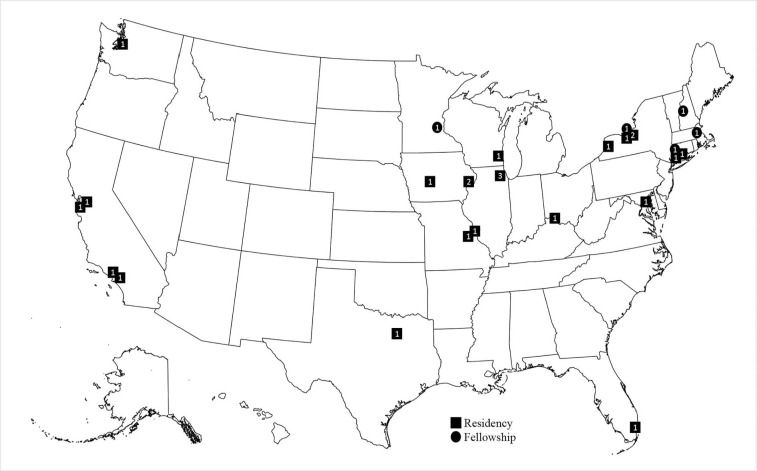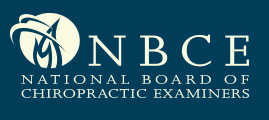Challenges of the Past, Challenges of the Present
SOURCE: J Chiropractic Humanities 2015 (Nov 18); 22 (1): 30–46
Scott Haldeman, DC, MD, PhD
Adjunct Professor,
Department of Epidemiology,
School of Public Health,
University of California,
Los Angeles, CA.
The McAndrews Leadership Lecture was developed by the American Chiropractic Association to honor the legacy of Jerome F. McAndrews, DC, and George P. McAndrews, JD, and their contributions to the chiropractic profession. This article is a transcription of the presentation made by Dr Scott Haldeman on February 28, 2015, in Washington, DC, at the National Chiropractic Leadership Conference.
KEYWORDS: Chiropractic; History; Humanities; Philosophy
The Full-Text Lecture:
The McAndrews Leadership Lecture by Scott Haldeman, DC, MD, PhD
Thank you, Christine (Goertz, DC, PhD), for your kind words. I also want to thank George (P. McAndrews, JD) for his wonderful presentation and for the discussion. We all appreciate what George has done. In addition, I want to thank Lou (Sportelli, DC), one of my oldest and best friends. The profession would not be where it is if it were not for you.
This was a difficult talk to prepare. I received a request from Tony (W. Hamm, DC) to do the inaugural McAndrews Leadership Lecture. I told him that normally when I lecture, I present statistics and graphs and lots of different numbers and figures. For this lecture, I thought something different would be in order. So I am going to try something new, although I am not sure it is going to work. I am going to make it very personal, primarily because Jerry and George played a very important part in my professional life and growth. In this presentation, I want to explain how the world has evolved over the last 50 years and include how the McAndrews brothers played a part in this evolution.
I want start by having you imagine an 18-year-old kid from South Africa who arrives in Davenport, IA, on New Year’s Eve in a snowstorm. His father was a chiropractor, and his grandmother was the very first chiropractor ever to practice in Canada. And, unlike George, this young man received his first adjustment at the age of 2 days old. (I cannot beat them all.) Growing up in a chiropractic household, adjustments were the first treatment consideration for any illness. However, we primarily grew up with an understanding that the body has an innate ability to heal itself provided it is taken care of. Adjustments were not the cure for everything, but adjustments were given when needed.
I was an 18-year-old kid who arrives in a snowstorm in Davenport, but my ride does not show up. I ended up sitting at the edge of the airport, in the snowstorm, waiting until they closed and switched the lights off. Luckily, a Palmer student who was a taxi driver came by on his last rounds, picked me up, and dropped me off at a frat house for a New Year’s Eve party.
There are more articles like this @ our:
When I started chiropractic school at Palmer, I was fortunate to be taught by some the most influential people in the profession at that time. Jerry McAndrews was maybe 10 years older than I was at that time, and he was the director of clinics. He was also the chair of the division of chiropractic sciences and principles and practice. He taught clinical sciences, clinical practice and skills, as well as principles. He was one of the few faculty members who had a bachelor’s degree. I felt that he was more reasonable, was more understanding, and made more sense than many of the other faculty at the school. Besides, he also supported rugby, which meant he was important to me.
This was a fascinating time. I want to give you a feel of what it was like to be a chiropractic student and a chiropractor in the 1960s. The thing that I remember more than anything else is the unbelievable enthusiasm that the profession had — that the average chiropractic practitioner had for his or her profession. When one attended a lyceum meeting or a convention, there would be 4,000 or 5,000 chiropractors present, shaking hands, participating, and being excited. Here is another example. When I returned to South Africa, the chiropractic association would hold a meeting every month, an afternoon meeting. Chiropractors would come from all over the country just to attend that afternoon session. Every newly graduated chiropractor was asked to teach the latest skills that he or she learned just before they graduated. There was this constant enthusiasm for what everyone was doing.
Read the rest of this Full Text article now!






Leave A Comment